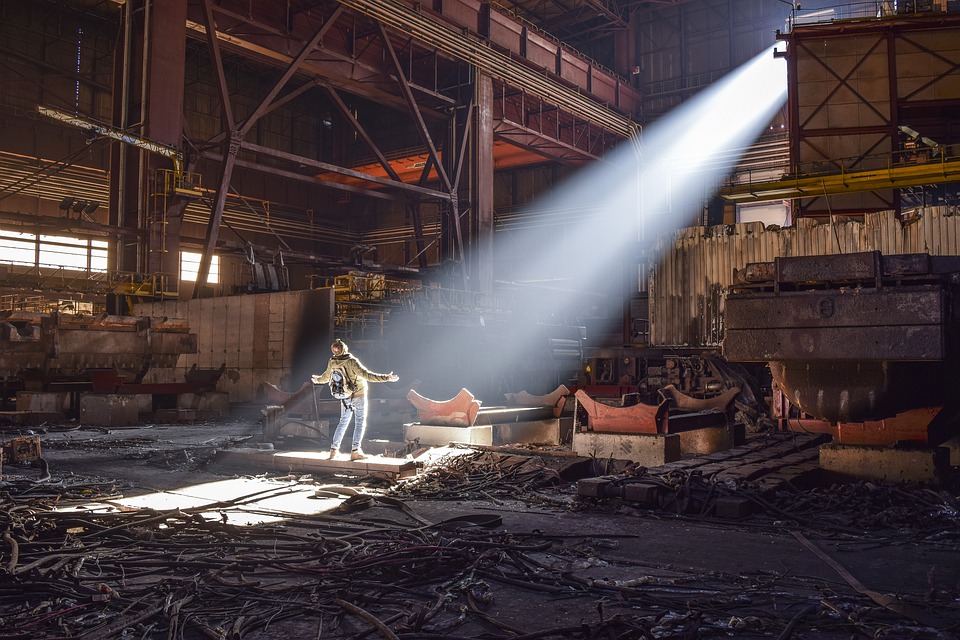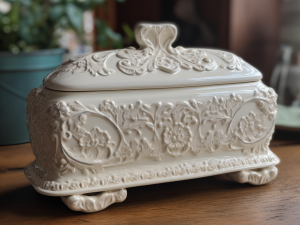What Factory-Model Schooling Means And How It Started
education was reserved mainly for those of higher class. As the industrial revolution took hold, a shift was deemed necessary. An education system was then set up to train future factory workers.

The education system as we see it today is around 200 years old. Prior to that, any sort of formal education was reserved mainly for those of higher class. As the industrial revolution took hold, a shift was deemed necessary. An education system was then set up to train future factory workers. Thus came the advent of factory-model schools.
At that time, the belief held was akin to the school’s back door leading to the factory’s front door. Students were only to be taught skills necessary to be the most successful factory worker they could be. Students didn’t see placement by their abilities, but instead by their chronological age.
Universal schooling was becoming a necessity. Factory owners wanted workers who would show up and do as they were told. Sitting in a classroom all day long was the exact training the owners were looking for. Educators today believe that the system we see now comes from this factory model. They also claim that the model used today limits the potential for many students.
These factory-model schools actually were a product of early 19th century Prussia. For the very first time, the state provided the education and what was taught was regimented. Prussia places their students together by age and these students moved through school by successfully mastering the curriculum. The approach taken by Prussia was that of industrialization – very impersonal albeit efficient, and standardized.
Joel Mokyr, a Northwestern University economist, explains just what this Prussian factory-model school looked like: “Much of this education, however, was not technical in nature but social and moral. Workers who had always spent their working days in a domestic setting, had to be taught to follow orders, to respect the space and property rights of others, be punctual, docile, and sober. The early industrial capitalists spent a great deal of effort and time in the social conditioning of their labor force, especially in Sunday schools which were designed to inculcate middle-class values and attitudes, so as to make the workers more susceptible to the incentives that the factory needed.”
The biggest complaint seen today in our public-school systems across the nation is that they continue to be a one-size-fits-all system. The prevailing thought by many parents is that we are way past the need for a factory-model school system. For this reason, many parents, and finally a number of legislators, are seeking school choice. The feeling there is that parents should be able to decide (and take their money) on a situation that best suits their child.
We, as a society, have known for quite some time that learning isn’t the same for everyone. As adults, we understand that our pace is different, our abilities are different, so we adjust those to suit our needs. For some reason, though, this idea has not fully reached the K-12 sphere. Instead, we continue to sit children in the same cookie-cutter classrooms, set desks in the same manner where teachers will see roughly 25-35 students, and go about teaching and learning as we always have.
This is the factory-model school we should no longer be beholden to. Just like adults, children learn at a different pace. Some need more time, some need more instruction, some need more practice, and some need more support. Some don’t.
A system that was designed well over 100 years ago seems to have lost its luster. It was a smart and effective way to get the educational system the start it needed, but we’ve evolved. If anything, the COVID pandemic has taught us, our children need something completely different. The forced shutdowns and remote learning have shown us the achievement gap continues to widen.
According to those on the front line of those factory-model schools – teachers – they say student achievement comes from personalized learning. They are finding it more and more difficult, though, to do any sort of personalized learning when they are dealing with, at a minimum, 25 students who have different learning abilities. They are unable to customize learning experiences to meet the variety they see in the classroom.
Now maybe the perfect time to alter the typical factory-model school system. The misguided notion that kids should be taught by age rather than by ability might have been good in 19th century Prussia, heck, it may have been good for a certain amount of time in 20th century America, but we are well past that time. School choice is coming for many across the nation. With it, perhaps we should also look at how to better assist our kids in the classrooms.
Article continues below headlines

The Best Type Of Butter Dish For Your Home Kitchen
The history of the butter dish is intertwined with the history of butter itself and the evolution of dining etiquette. …
Continue reading "The Best Type Of Butter Dish For Your Home Kitchen"
The post The Best Type Of Butter Dish For Your Home Kitchen appeared first on Tell Me Best.
Continue
The '80s Horror Fantasy Anime Epic Every Fan Needs To Stream Right Now
Demon City Shinjuku is an animated film focused on demons invading Shinjuku, Tokyo. After a demon gets the upper hand …Continue reading "The ’80s Horror Fantasy Anime Epic Every Fan Needs To Stream Right Now"
Continue






